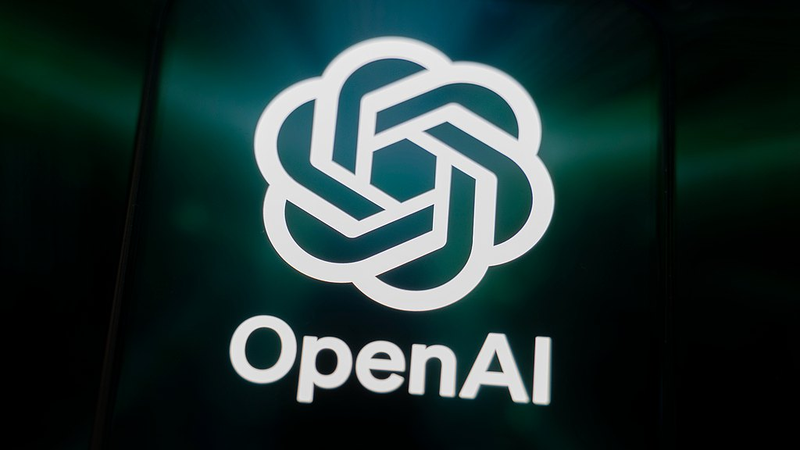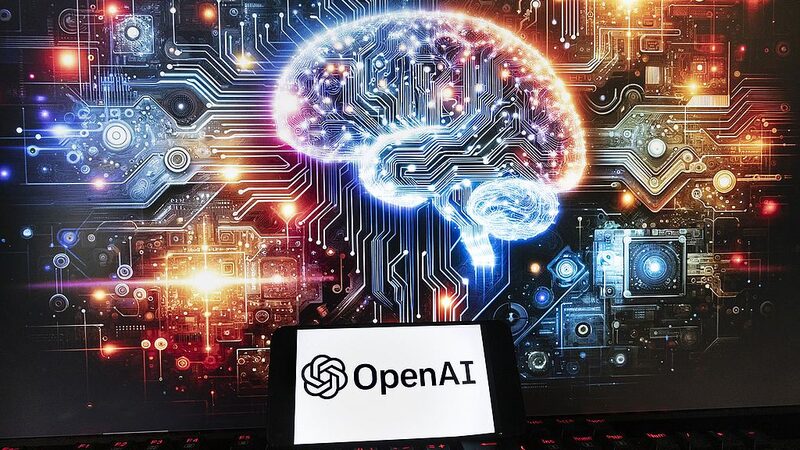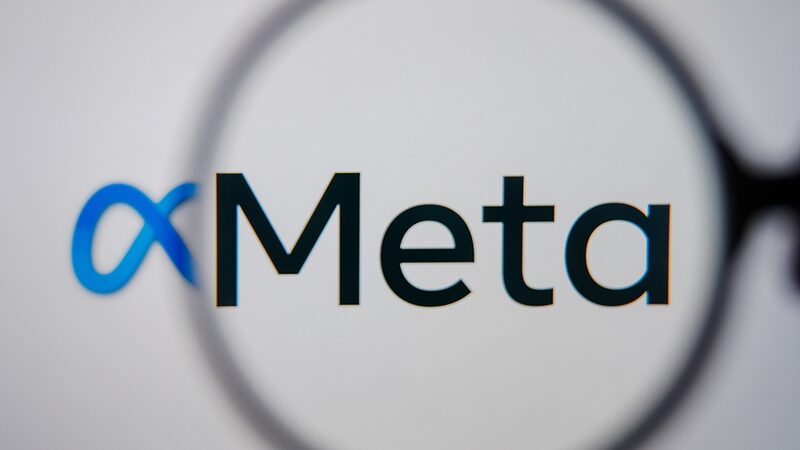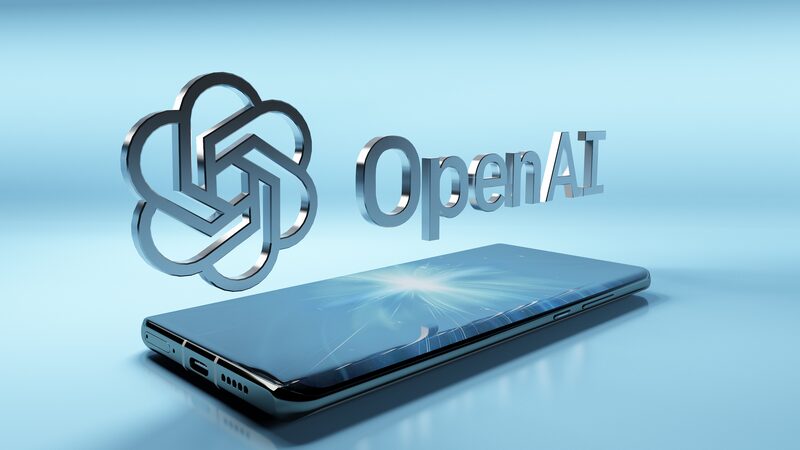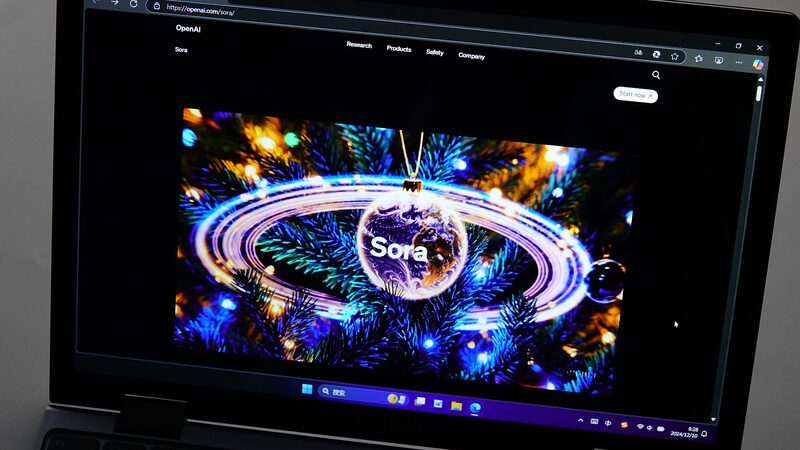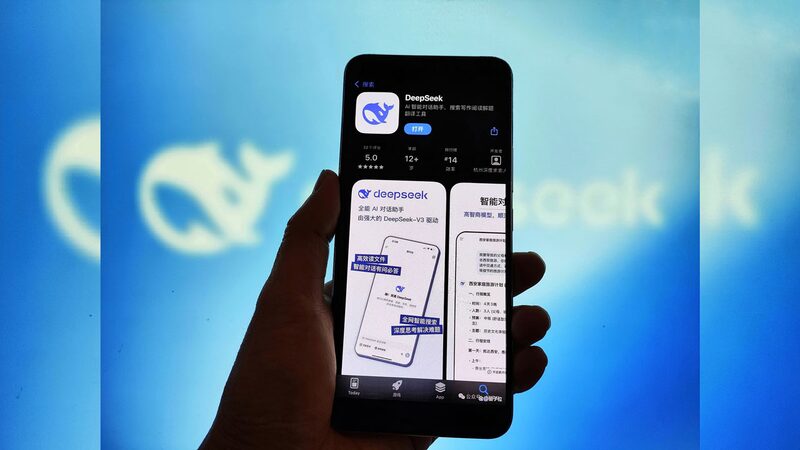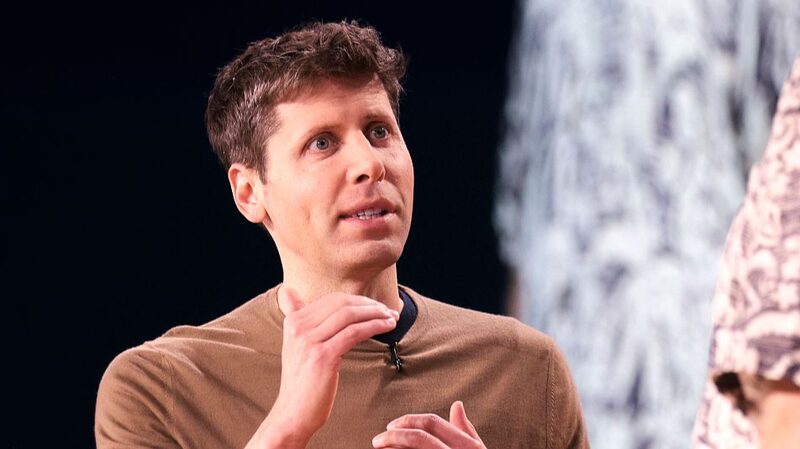OpenAI has launched Sora 2, its most advanced video generation model to date, paired with a social media platform enabling users to star in AI-crafted scenes through personalized "cameos." The release marks a significant milestone in artificial intelligence's capacity to simulate real-world physics and synchronized audiovisual elements, raising both excitement and ethical questions across tech and creative industries.
A New Era for AI-Generated Video
Sora 2 outperforms predecessors by generating videos with precise motion tracking – from Olympic-level gymnastics routines to complex basketball maneuvers – while maintaining realistic object behavior. Unlike earlier models that distorted reality to match text prompts, OpenAI claims the system now adheres to physical laws with unprecedented accuracy.
The Social Media Play
The standalone Sora app introduces TikTok-like features where users can insert themselves into AI-generated content with lifelike voice and visual replication. While currently invitation-only in North America, the platform aims to democratize high-quality video production, potentially reshaping content creation landscapes.
Market Implications
OpenAI enters fierce competition with Google, Midjourney, and Meta, which recently launched its "Vibes" AI video feed. As generative AI tools proliferate, debates intensify about their environmental costs, content authenticity, and potential displacement of human creatives.
Balancing Innovation with Responsibility
OpenAI acknowledged concerns about mental health risks and AI content oversaturation, pledging wellbeing checks and usage controls. The company plans gradual global expansion for Sora 2 while managing computing resource constraints.
Reference(s):
cgtn.com
